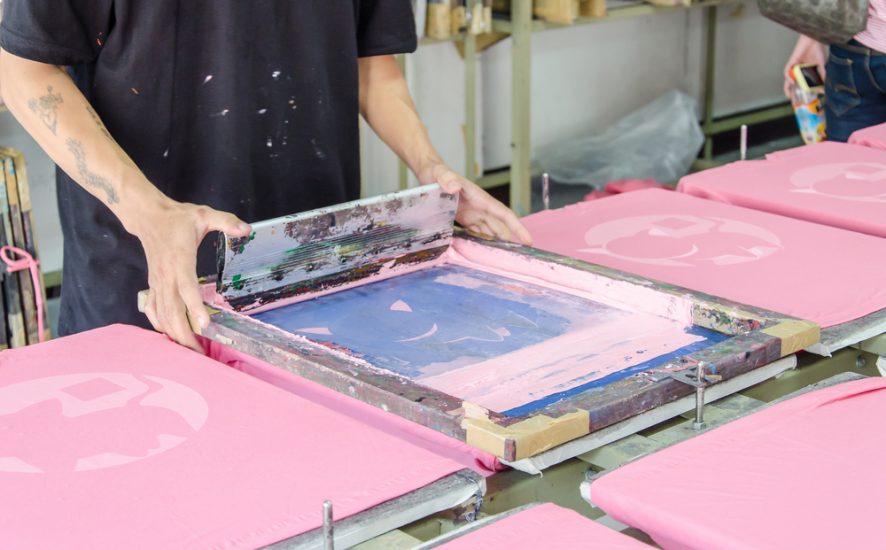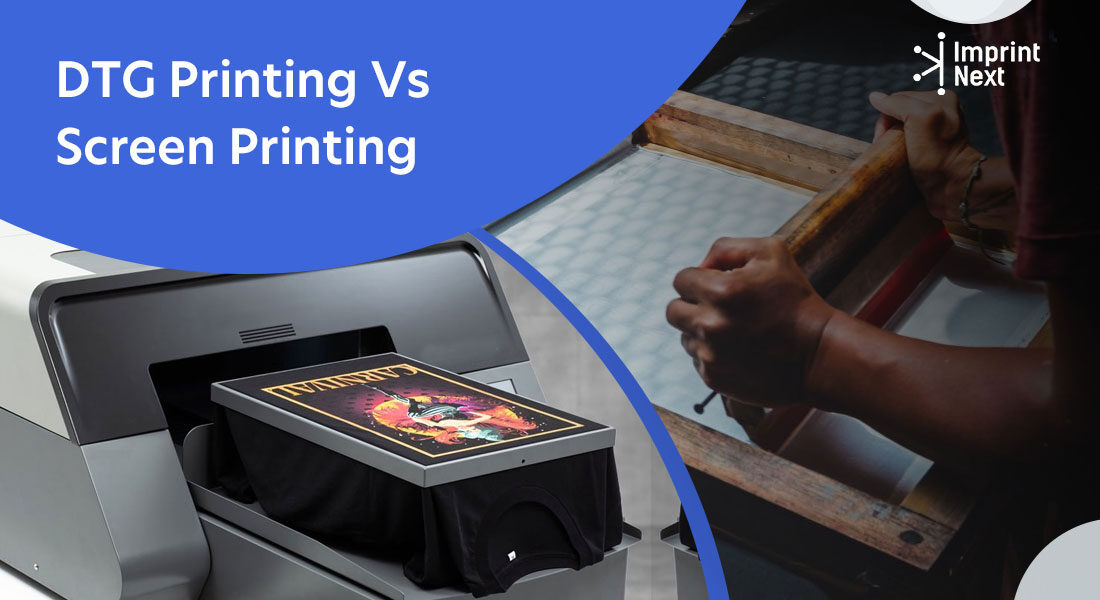Tx Tees for Dummies
The Only Guide for Tx Tees
Table of ContentsThings about Tx TeesThe Tx Tees IdeasThe Single Strategy To Use For Tx TeesThe smart Trick of Tx Tees That Nobody is Talking AboutThe 7-Minute Rule for Tx TeesThe Single Strategy To Use For Tx TeesHow Tx Tees can Save You Time, Stress, and Money.
Include up various other prices, like the number of energies it takes to run the shop and the price of ink and emulsion per design. Take the print listed below.The solution should only be a couple of cents since you 'd just require to layer one screen for this job. Exactly how much should you bill per t shirt to make a profit? Typically, printers attempt to make up to 45% earnings on a print work. Here's a table to help you identify that: complete price per thing percent of desired profit as a decimal (example:.25 or.45) profit made per item per job Now let's talk concerning the profitability of DTF.

With DTF, you can publish a handful of shirts, or simply one. Both display printing and DTF have their specific niches in the globe.
Not known Facts About Tx Tees
The very best means to know? Ask about and see what printing shop like yours are doing. screen printing shop. Try both out and see which you like much better
When you're picking what kind of printing technique to make use of for publishing your artwork designs on your garments, it's vital that you know the distinctions in between these 2 strategies so you can optimize outcomes while minimizing costs. Screen printing is the most typically utilized method for publishing layouts on fabrics.
DTG printing is additionally referred to as spot or direct to garment printing because it prints only what is needed rather than making a screen as screen printers do. https://medium.com/@russellcostello79602/about. Screen printing works by screen filler squeegee screen printing ink display mesh screen, after that transferring the photo to garment utilizing heat and/or stress
The DTG printer uses unique dye-sublimation inks that are applied right into a pre-designed photo by a digital printing system. The inks enter into the textile, permitting vibrant shades and extraordinary information. It's likewise called area or straight to garment printing because it publishes just what is needed rather than making a screen as screen printers do.
Some Ideas on Tx Tees You Need To Know
It's much quicker - you can publish a fullcolor image in minutes, as opposed to hours for display printing. Second, there's no established up time or prices included - you can print any kind of design you such as, without needing to produce a display initially. Third, there's no waste - due to the fact that display printers display print one layout at once, they need to evaluate each shade independently.
The paper is really pricey and can just be made use of as soon as. Once it's published on, it needs to be discarded. - The initial purchase price is less than the upfront investment of DTG printers- You can print multi-color designs one display at once rather of needing to print each color individually like DTG printing.

Top Guidelines Of Tx Tees
However, rather than using display mesh as display printers do, dye sublimation printers utilize laser technology to transfer your photos onto garments or paper. A warm procedure transfers the dye from its solid-state straight right into the gas stage which in turn merges it onto textile substratums when they are rapidly heated up to high temperature levels under high stress.
Sublimation printing is eco-friendly. It utilizes less water than screenprinting, and since it does not involve using harmful solvents, it's secure for all kinds of clothing. The dye sublimation inks are additionally odor free when cured, unlike screen printers that make use of hazardous chemicals throughout the display printing process that leave an undesirable smell.
They also conserve cash on pricey devices like exposure systems because color sublimation printers do not require a UV exposure system or a flash cure stove that is usually used in display printing (t-shirt printing). What is direct to garment printing (DTG Printing)? DTG printing is an electronic screenprinting process that publishes straight onto textile using specialized inkjet printers
The 25-Second Trick For Tx Tees
DTG printing offers lots of benefits over traditional screenprinting, consisting of the capability to print photo top quality images, better shade vibrancy, and the ability to print designs on darker fabrics. DTG printers work by heating the fabric ink till it turns right into a gas. The gas after that permeates the fabric, bonding with the fibers to develop an irreversible print.

Display printers just prepare their screen then begin publishing up until they run out of product or ink.- There is a vast array of experienced display printers around the world, which can be useful for novices. - It's a slower process - display printers typically need to wait on the ink to completely dry prior to they can print the next next color- Display printers require manual work, so there's a higher knowing curve and it takes longer to create a high-grade style- Screen printing isn't as precise as DTG printing, so you may get some "blood loss" of shades from one component of the picture onto an additional if not done effectively.
Rumored Buzz on Tx Tees
Instead of utilizing display mesh as screen printers do, color sublimation printers use laser innovation to transfer your pictures onto garments or paper. A warmth process moves the color from its solid-state directly right into the gas phase which consequently integrates it onto fabric substratums when they are swiftly heated up to heats under high pressure.
Sublimation printing is eco-friendly. It uses less water than screenprinting, and due to the fact that it doesn't include using damaging solvents, it's secure for all kinds of clothing. The color sublimation inks are additionally odor free when treated, unlike display printers that use damaging chemicals throughout the display printing process that leave behind an undesirable odor.
They likewise conserve cash on costly equipment like exposure systems given that dye sublimation printers don't need a UV exposure system or a flash treatment stove that is generally utilized in screen printing. What is straight to garment printing (DTG Printing)? DTG printing is an electronic screenprinting procedure that publishes straight onto fabric using specialized inkjet printers.
The Definitive Guide to Tx Tees
DTG printing uses lots of advantages over standard screenprinting, consisting of the capability to print photographic top quality photos, better color vibrancy, and the capability to print layouts on darker textiles. DTG printers function by heating up the textile ink until it develops into a gas. The gas after that penetrates the textile, bonding with the fibers to create a long-term print.